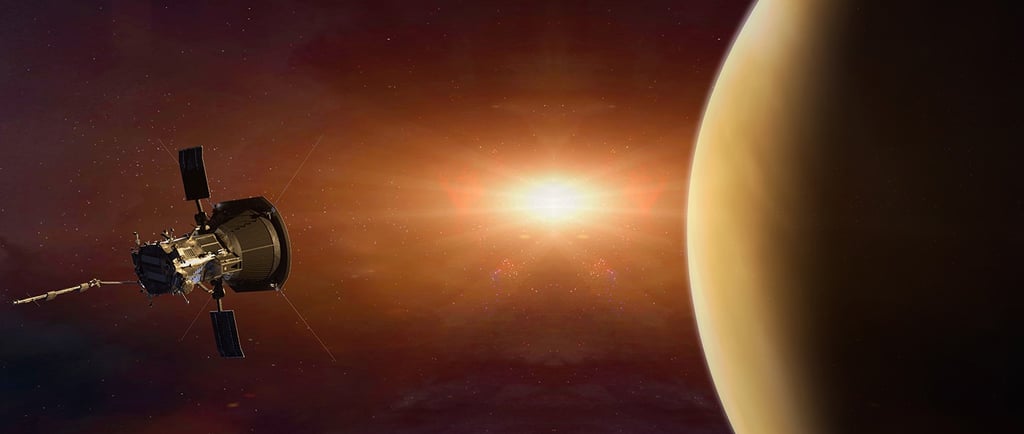NASA's Parker Solar Probe: Within Venus Surface


Introduction
The Parker Solar Probe, launched by NASA in 2018, represents a groundbreaking mission aimed at understanding the Sun's complex outer atmosphere, known as the corona. This pioneering spacecraft is the first to fly directly through the Sun's corona, enabling scientists to gather unparalleled data about solar dynamics and other related phenomena. One of the recent highlights of this mission has been its third flyby of Venus, where invaluable observations were made using Parker’s suite of instruments.
Significance of the Venus Flybys
The Venus flybys are crucial components of the Parker Solar Probe's mission trajectory. These encounters are strategically planned to utilize the gravitational pull of Venus, allowing the spacecraft to accelerate towards the Sun while preserving its orbit. During its third flyby, scientists employed the Wide-Field Imager for Parker Solar Probe (WISPR) to study Venus’ atmospheric conditions more deeply.
WISPR: A Window to Venus' Surface
WISPR plays a pivotal role by providing a unique view of the Venusian atmospheric conditions as the probe navigates through its clouds. By measuring the speed and structure of these clouds, scientists aim to glean insights into their dynamics and how they obscure the planet's surface. Notably, WISPR is not only capable of capturing images of the clouds but can also penetrate these dense layers, revealing details about Venus' surface below. This capability is crucial for understanding the interactions between the planet’s atmosphere and potential geological features.
The data gathered during this critical phase of the mission enhances our understanding of not just Venus, but also the complex processes at play in stellar atmospheres, including our own Sun. Through the Parker Solar Probe's observations, we are taking steps towards answering fundamental questions about solar wind, coronal mass ejections, and why the corona is significantly hotter than the Sun's surface.
Conclusion
As the Parker Solar Probe continues to fly through the Sun’s corona and utilize the unique opportunities presented by Venus flybys, the wealth of knowledge it is expected to provide will have far-reaching implications for solar and planetary science. The mission exemplifies how innovative technology, such as WISPR, can unveil the intricacies of our celestial counterparts, deepening our comprehension of our solar system's ebbs and flows.
